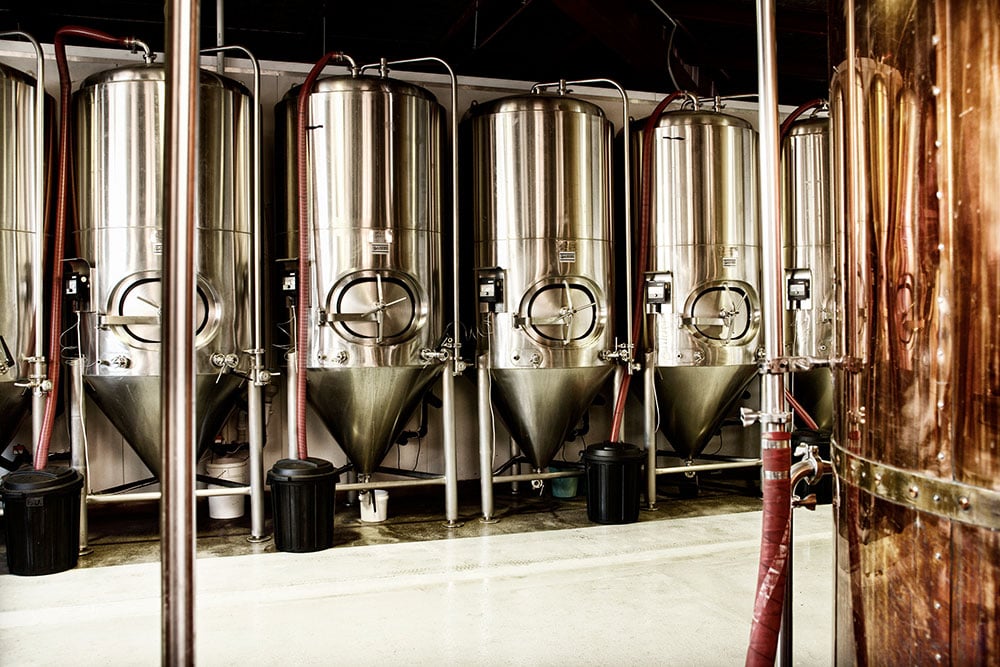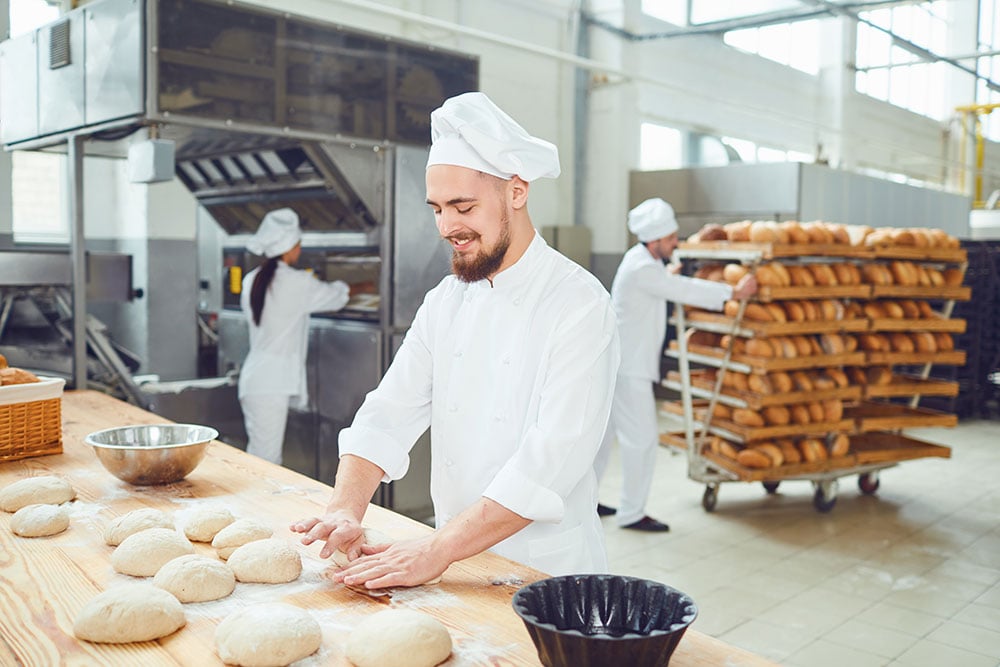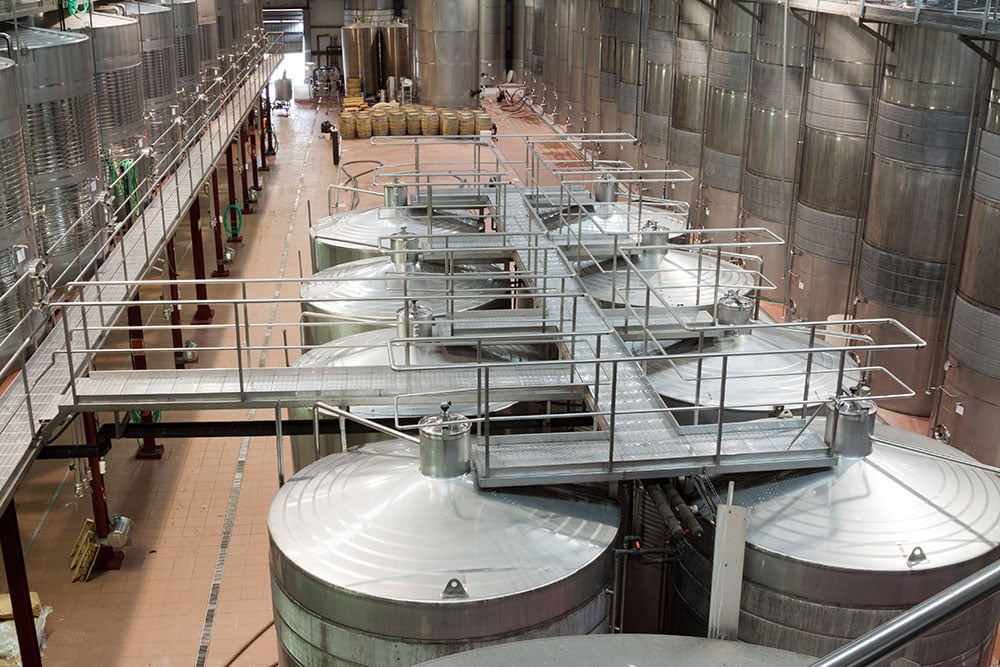Food processing plant design is somewhat complex, with many different aspects, including everything from layout to equipment, and finishes and coatings. Each part of the design plays a critical role in the safety and function of the plant, so giving them the proper consideration is vital. Unlike other facilities, food processing plants are held to high standards, and the materials they use must meet specific requirements as outlined by the government to ensure safety and sanitation. One specific example of a feature that has strict requirements is food processing flooring.
WHY FLOORING MATTERS
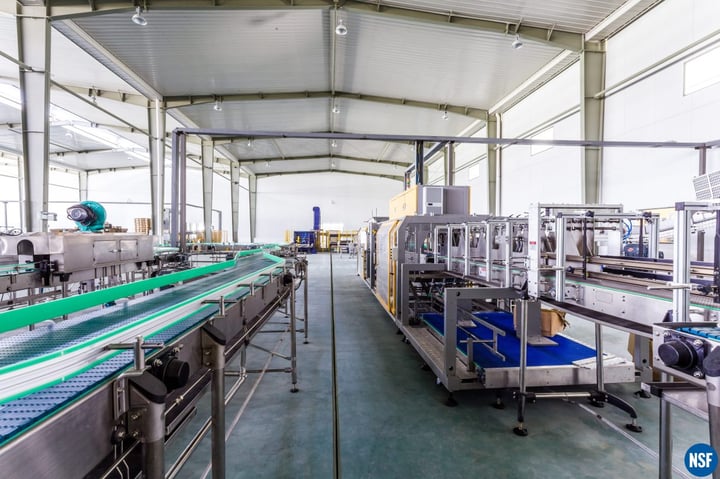
Sanitation is crucial to food processing plants, and any finishes used in the plant need to help maintain a lean and sanitary environment. Unlike other facilities, food plants cannot use wood or tile flooring because food debris, water, and bacteria can get trapped in grout lines, cracks, and crevices, leading to serious issues, including contamination. Certain products used in these processing plants, like natural food acids, can also damage certain types of flooring. The wrong flooring can also fail to provide the appropriate anti-slip qualities, which creates safety issues.
Concrete floors offer more durability than wood and tile, but they must have a food-safe epoxy coating. Food-safe epoxies provide a durable protective coating for flooring that can withstand the daily activity of a food processing plant, ensuring the facility maintains the appropriate levels of sanitation.
CHOOSING A FLOOR COATING
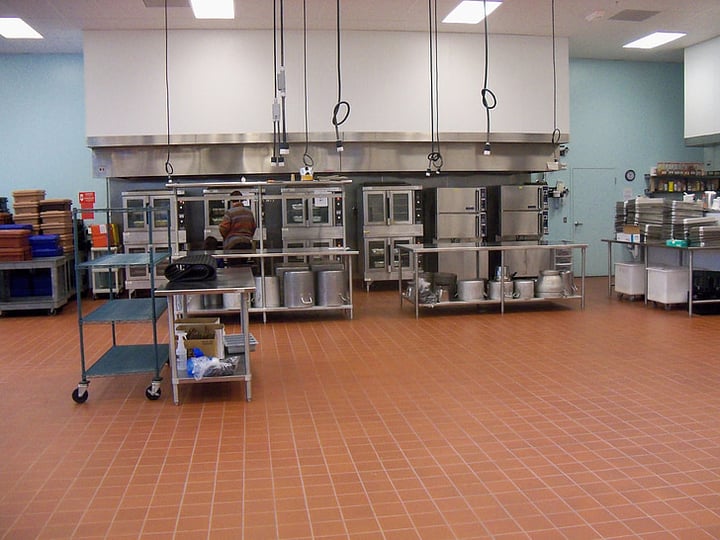
The FDA and USDA are in charge of determining what is acceptable for floor coatings. Coatings should be nonporous with antimicrobial properties, and they should also be chemical- and moisture-resistant, skid-resistant, and easy to maintain.
EPOXY
A food-grade epoxy flooring is one of the most popular options, from many options within the category. Epoxy coatings can withstand exposure to alkalis and acids and can include additions like anti-skid additives. Epoxies cure quickly, making for less downtime for the facility.
URETHANE
Urethane coatings cost more than a food-grade epoxy coating. Additives give urethane coatings better thermal resistance, making them more long-lasting and popular for food processing plants.
MMA
MMA coatings are ideal for food and beverage facilities because you can apply them at low temperatures, making them popular for freezer rooms.
POLYUREAS
Polyureas are another durable option, ideal for demanding environments. They are impact-resistant and meet both USDA standards and the UL ANSI-NSF 61 Standard, (which pertains to the testing and certification of drinking water systems). They cure quickly, are virtually odorless, and can withstand extreme temperatures.
KEEPING FOOD PROCESSING FLOORING SAFE
Choosing the right floor is only part of the equation, you also need to keep other things in mind, like choosing the right drainage system and proper cleaning practices.
CHOOSING A FLOOR DRAINAGE SYSTEM
Any floor drainage system you choose needs to meet numerous requirements set by the federal government, with a significant focus on sanitary design. the material should be nonporous and have no grooves or crevices to harbor bacteria, increasing the chance of contamination. Systems with drain covers also cause issues, since they can trap bacteria, making it difficult to clean and sanitize the drain system thoroughly.
Any drainage system you choose also needs to consider safety since you need to provide a surface that employees and carts can pass over without issue.
CLEANING PRACTICES
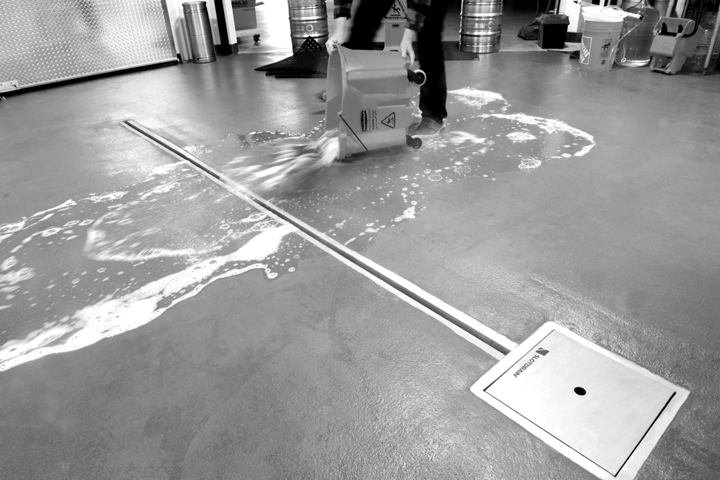
Even with a floor that contains antimicrobial properties, you still need to clean the flooring regularly. Food processing plant floors get exposed to various food products, including raw meats, which can harbor bacteria like Salmonella, Listeria, and E. Coli. Cleaning floors thoroughly involves removing any debris, food or otherwise, and wetting the floor so you can use cleaners and sanitizers to kill any bacteria that may be present.
Drain systems require daily cleaning. You need to remove any removable parts like the drain cover and strainer basket to scoop out the debris. You will need to clean these parts separately and give the drain a pre-rinse before applying the appropriate detergents, scrubbing as necessary to remove all the debris. After rinsing the detergents away, you can apply the sanitizing solution and put the drain cover and strainer basket back in place, drying all your tools to use again next time.
FOODSAFE DRAIN SYSTEMS FOR FOOD PROCESSING FLOORING
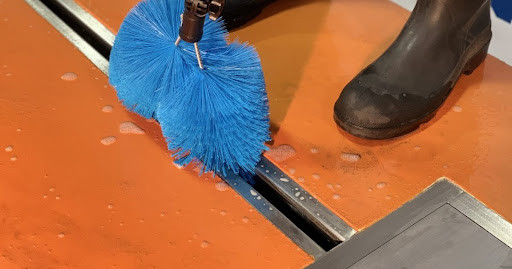
Many floor drainage options are available for food processing plants, including point drains, HDPE drains, cast-in-place, and traditional trench drain systems. These drains can be effective, however, they cause various issues, ranging from complicated installations to difficult, and time-consuming maintenance.
The 10,000 Series Slot Drain from FoodSafe Drains is ideal for food processing plants, featuring NSF-certified stainless steel for the highest levels of sanitation possible. The lack of a cover creates a system that blends seamlessly with a facility's food-safe epoxy flooring and is easier to maintain.
You can even add a clean-in-place system to automate the cleaning process, using it in combination with sanitizers, neutralizers, and other cleaning agents. The addition of a strainer basket makes it easy to collect and dispose of debris.
MORE THAN JUST FLOORING
The food processing flooring you choose plays a crucial role in helping maintain sanitation levels within your facility. A food-safe epoxy flooring will protect against bacteria, acids, cleaning agents, and more, while providing employees with a safe, walkable surface. Installing the appropriate flooring is not enough; you also need to consider cleaning practices and floor drainage systems to ensure your floors are sanitary.
FoodSafe Drains system works well with the various food plant floor coatings, providing a sleek, effective, and sanitary drainage system. Learn more about FoodSafe Drains for food processing plants today.
